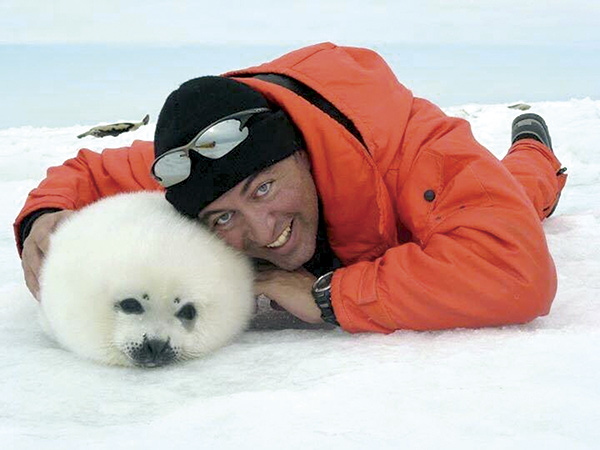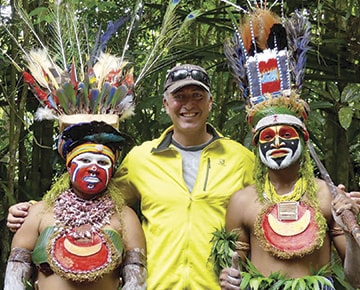
In Papua New Guinea
Safest countries for tourists
It may seem strange, but the safest countries are often those where some people believe it’s better not to go. For example, before my trip to Iran, I read on the Internet about the high level of criminality, terrorism, weaponry trade and thought that I wouldn’t survive and that the trip would be my last. I was afraid that I would be kidnapped and they would demand a ransom. However, as soon as I landed in Tehran I saw that everything is quite the opposite. People were smiling, benevolent and always eager to help tourists. Such an attitude is seen not only in the capital. I’ve travelled all over Iran and no one has ever not shown me hospitality. Iranians are aware that their country, to put it mildly, doesn’t have a good standing among foreigners, so they try to prove the opposite with their efforts.
The same applies to Nicaragua. One can walk there all night and no one will threaten you. Most districts are completely safe for visitors and robbery in villages or big cities is unthinkable. Moreover, there are residents themselves who maintain security in many provincial districts and they do their job conscientiously.

Arizona, Grand Canyon
Countries where it’s better to keep your eyes open
The capital of Kenya — Nairobi — has been in the top five most dangerous states on the black continent for several years already. However, back in the 1980s, Nairobi was viewed as a relatively safe place and in tourist reference books this city was poetically called ‘the city under the sun’. Meanwhile, in recent times, Nairobi has been ‘rivalling’ South African Johannesburg and Senegalese Dakar for the title of the criminal capital of Africa. It’s better not to leave the borders of the Kenyan capital’s centre: at best, one would be left without their wallet and cameras while at worst, you would be dead.
I wouldn’t like to get lost in the shanty communities of Mexico and Brazil. Special excursions are organised for tourists to favelas [slums in Brazil within urban areas]; however, no one can guarantee security even for very big money. Local residents are keen to use guns even during minor disagreements, so the most important thing for tourists is to sit quietly and not protest. Then they will stay alive.
I only once had an unpleasant incident, when my wallet was stolen in Guatemala during a local religious holiday. While taking photos, someone took my wallet out of my trouser pocket. Apart from that, everything was ok.

Ruslan Margolin in the Antarctic
Visa issues
It’s fairly difficult to get visas to African countries. The paradox is that the less the country is visited by tourists the more difficult it is to get a visa there. Moreover, visas are rather expensive. For example, a visa to Liberia, Sierra Leone and Guinea each cost around $200. The process of receiving an African visa can be prolonged for an indefinite period of time. I wasn’t asked any questions at the borders but they were requesting money everywhere, saying that the country is poor and it’s necessary to assist the population.
Breath-taking natural phenomena
Once a year, a unique natural phenomenon can be seen on Australia’s Christmas Island: in November or December, millions of red crabs migrate from tropical forests to the shores of the Indian Ocean for reproduction. The start of their movement depends on nature’s conditions: Moon phases and rains. On average, the whole process takes two weeks and during this time the life of the whole island is paralysed. Crabs, whose number reaches 120 million, create a kind of blood-red undulating mass, a spectacle not for the faint-hearted. Highways are closed especially for them, special road signs are installed and temporary bridges are constructed, enabling people to get to the coast with minimal casualties. Unfortunately, despite all these measures, during the migration up to a million crabs die under car wheels.
In November, I’m going to Zambia to watch the migration of bats. Over ten million bats gather in one of the local national parks. They stick to the trees so that one can’t even see the trunks or branches. At sunset, all the bats fly into the sky making an absolutely surreal picture.
By Yuliana Leonovich











